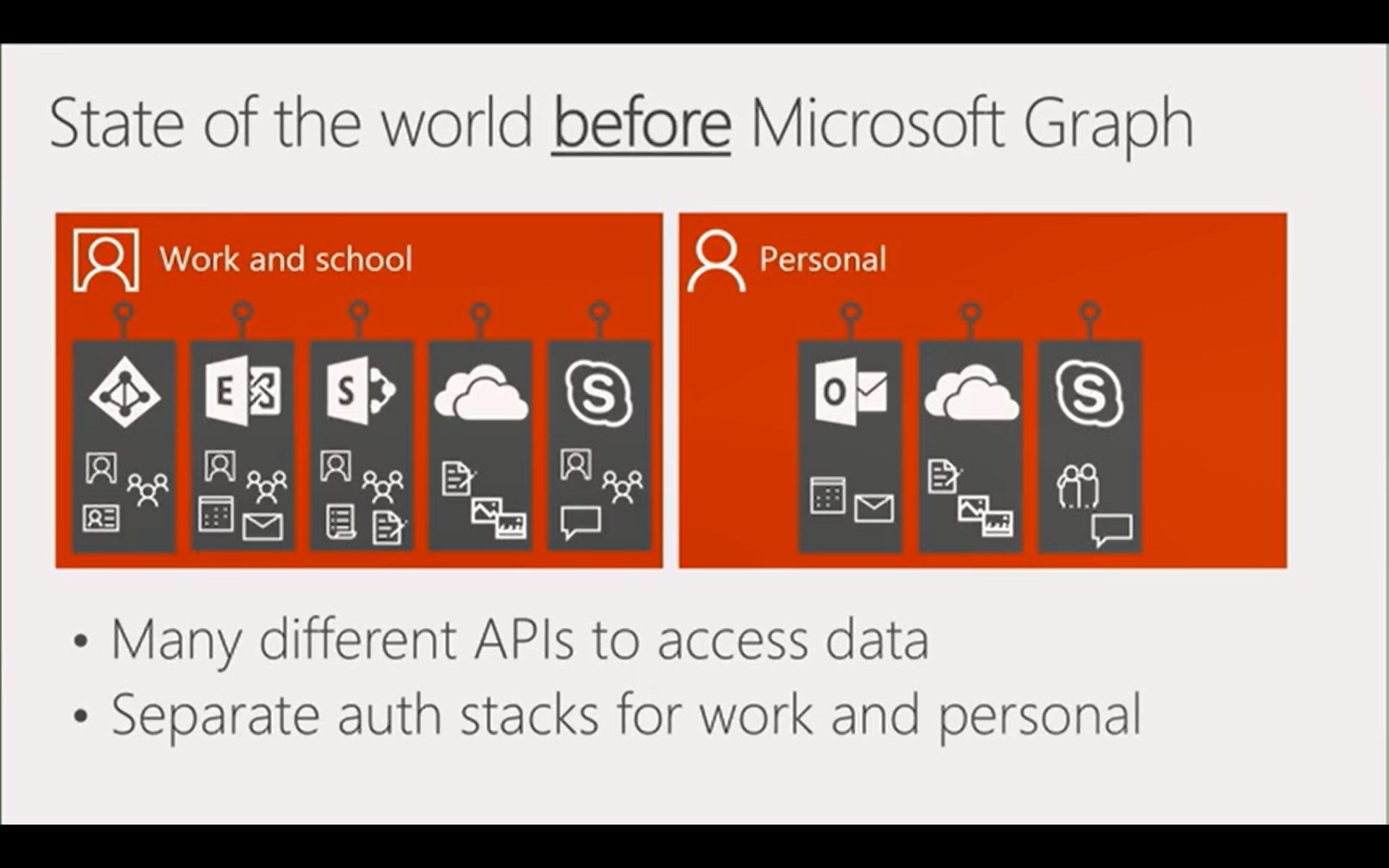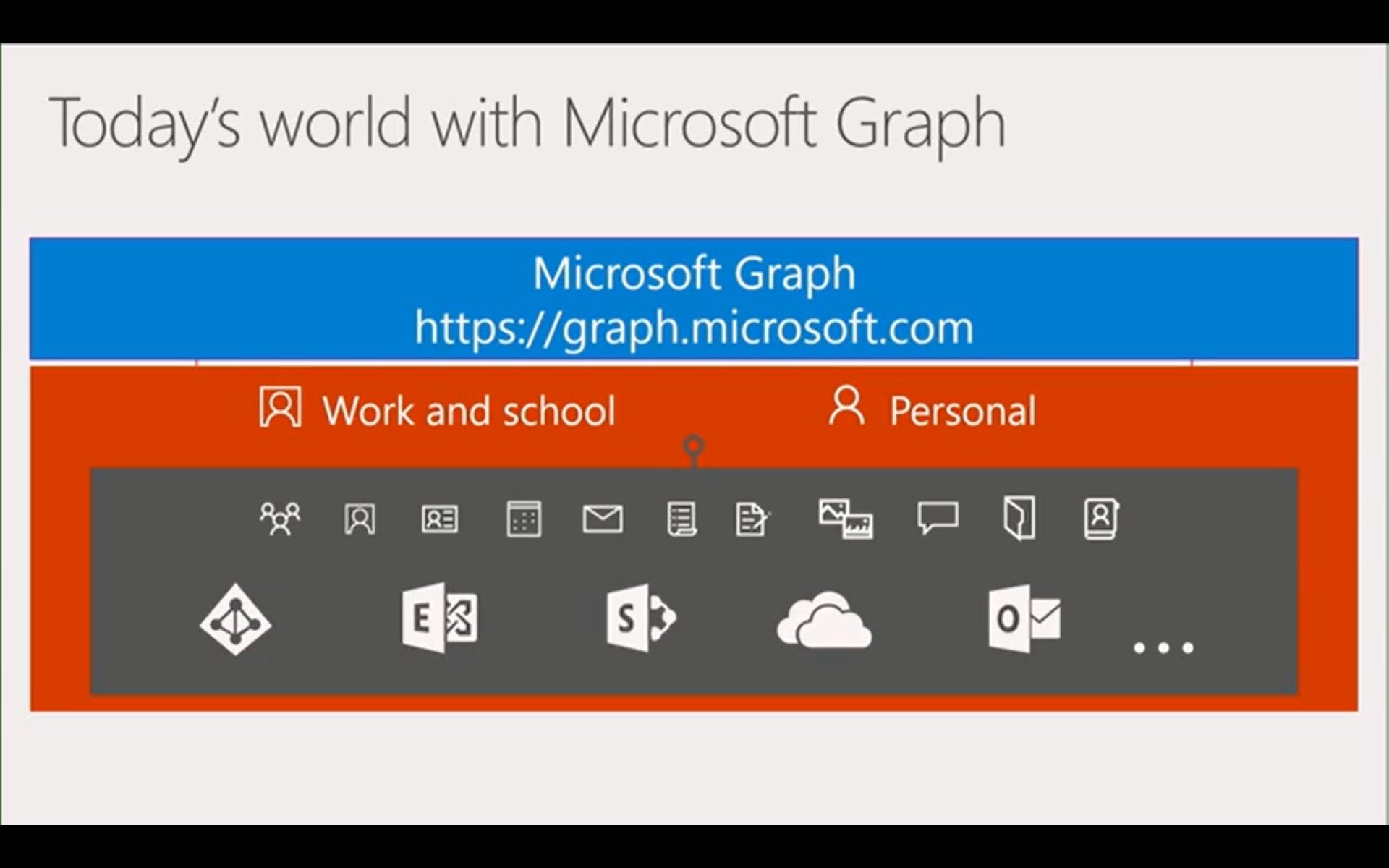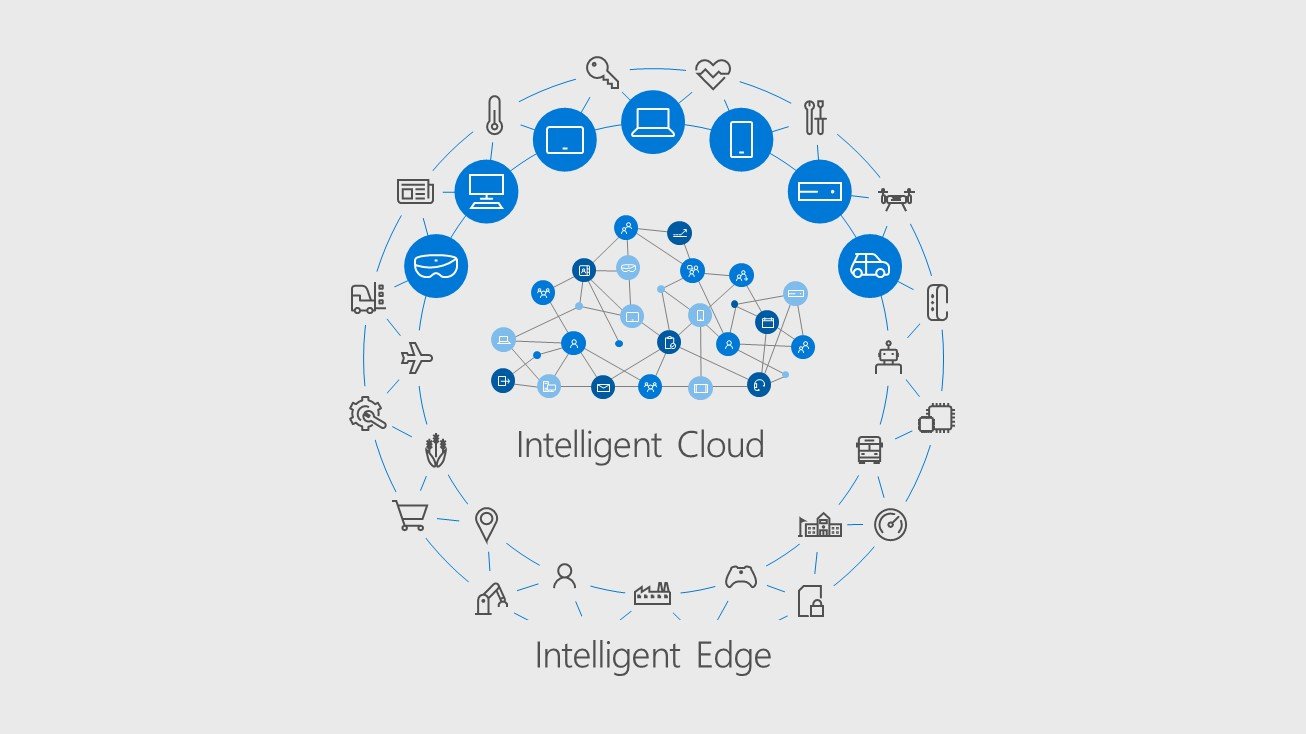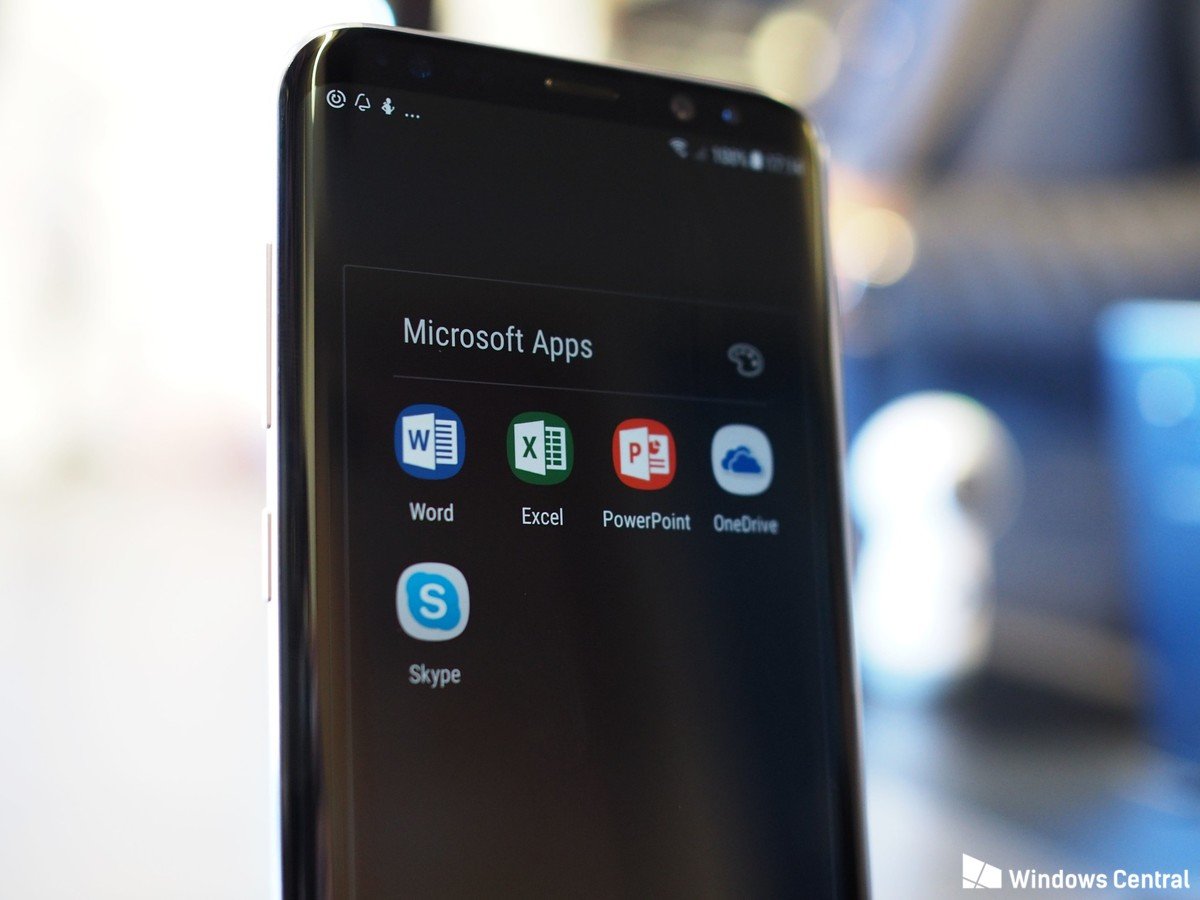If Microsoft is the 'platform for everything,' does it really need a phone?
Before smartphones, Windows was the platform for virtually all personal computing.

In a multi-device, multi-OS world, Microsoft is now positioning the cloud, Microsoft Graph, Windows Mixed Reality and quantum computing as the platforms that all other platforms will run on. In simpler times, personal computing, to most people and businesses, meant sitting at a Windows PC using first- and third-party programs to get things done or to be entertained. Other desktop OSes offered little competition to Microsoft's Windows.
Smartphones, the mobile OSes they would popularize, and the app ecosystems they would introduce hadn't yet challenged Microsoft's personal computing hegemony. And the internet, which would become the backbone that would power the mobile OSes that would rival Windows PCs as the nexus of personal computing, had not yet been mainstreamed.
The world was smaller, and the realm of personal computing was Windows - until it wasn't. Many people argue that Microsoft needs a mobile presence to become relevant in the age of mobile computing. Perhaps it does, and there is indeed a place for that. But the company's ambitious cloud and Microsoft Graph platform strategy, which is meant to support the breadth of the industry's apps, systems and devices, is a far grander prize.
Put another way, if you own the ocean, do you really need a boat?
The power of Office 365 and Microsoft Graph
When Microsoft moved Office 365 to the cloud, it moved more than just the workload. The data plane, made up of all the people, their relationships with others, projects, documents, schedules and more, were all brought to this intelligence-enhanced interconnected space. Microsoft's professional and personal, dual-user vision was also addressed through the merging of the authentication parameters of Office 365's Work, School and Personal accounts.


In this intelligent cloud environment Microsoft's services from OneNote, Azure, OneDrive, SharePoint, Outlook, Office, Active Directory, Teams, Cortana and more are all interconnected. The previously siloed infrastructure has been replaced by unified services that act synergistically as one service. And Microsoft is steadily adding more services and capabilities to this space.
Microsoft Graph provides a singular access point to all of this data. Previously the collective information from this conglomerate of services required a developer to target the separate application program interfaces (APIs) for each service. Microsoft Graph provides a single API that provides access to the now unified data.
Get the Windows Central Newsletter
All the latest news, reviews, and guides for Windows and Xbox diehards.
Cloud is the new Windows
Microsoft, realizing Windows was no longer the center of users, enterprise and developer computing experiences, evolved with the times. Moving its range of interconnected services to the cloud provides a device- and system-agnostic platform for a device- and system-diverse world. Microsoft Graph brings the platform to everyone.
The cloud is a device- and system-agnostic platform for a device- and system-diverse world.
Developers can build custom apps that connect to the Microsoft Graph API and not only access raw data, but traverse across data points, providing insights through the support of the intelligent cloud. Simply put, AI can get to know users based on their profiles, activities and associations, and then provide information based on that user's intent. Business-to-business connections can also be facilitated through the Graph, optimizing integration of data between collaborating systems.
Microsoft's Laura Jones demonstrates an end-to-end interconnected experience that transcends devices.
The user experience facilitated by and founded upon Microsoft's cloud and services is the goal here, much like the user experience was based upon Windows and Win32 programs in the past. The device used is irrelevant in this scenario. Microsoft is striving to remain the world's primary computing platform, just on a much larger, cloud-based scale.
The cloud, IoT and intelligent edge
Microsoft's cloud strategy also encompasses the Internet of Things (IoT) and the range of enterprise and consumer devices it currently and hopes to support on the Intelligent Edge. IoT devices are internet-connected objects (like thermostats, refrigerators, and cars) that can collect and transfer data using embedded sensors.

The intelligent edge represents an area of the cloud where data is analyzed and aggregated close to where data is captured. Processing that would have occurred in the cloud is now relegated to the edge. As the processing power of connected devices continually improves and network speeds increase, AI on the edge becomes more capable and proactive.
Microsoft's cloud and AI strategy is to expand its IoT and intelligent edge footprint to incorporate more devices, businesses and networks. As more devices connect to its edge, run on its cloud, and are powered by its AI services, Microsoft becomes a more pervasive and relevant platform for modern computing.
Cross-platform apps, connecting Microsoft's cloud strategy
Under CEO Satya Nadella, Microsoft has expanded its brand throughout competing ecosystems by providing Microsoft apps on iOS and Android. It even offers a Samsung Galaxy S8 Microsoft edition (infused with Microsoft apps) in the Microsoft Store.

Many Windows phone fans bemoan this strategy, citing Nadella's promise of a best on Windows Microsoft experience that was never fully realized. Windows 10 is vitally important to Microsoft, and provides a nexus for smartphones, as Microsoft Graph integrates Windows and mobile experiences. Still, Microsoft is focused on its cloud-based experiences and services as the primary computing platform, which includes but isn't focused on Windows.
Thus, Microsoft has ensured that all of its apps and services are accessible from the primary platforms: Windows 10, iOS and Android. Ironically, Microsoft neglected to bring some first-party apps to Windows phones (like Sway) or provided versions that are less capable than iOS or Android versions.
Windows Mixed Reality and quantum computing
With Windows 10 Microsoft provides developers and OEMs with the tools to build augmented reality (AR) and virtual reality (VR) apps and devices via Windows Mixed Reality.
HoloLens is an aspirational device to inspire OEM-designed AR headsets. We're beginning to see mixed reality VR headsets from various OEMs now. Microsoft hopes to be the industry's platform for holographic computing.
In November of 2016, Microsoft announced its quantum computing strategy. Quantum computing takes advantage of microscopic particles' abilities to exist in two states simultaneously.
In traditional computers, bits, or data, is represented as a 1 or 0. Sequential ordering of these binary instructions tells computers what to do. A quantum bit can exist as both a 1 and 0 simultaneously. This theoretically increases the computational power of quantum computers exponentially.
Microsoft's "do more" vision of quantum computing
This year Microsoft introduced a programming language developers can begin using to develop quantum apps. These apps will run on simulations since the quantum computer Microsoft envisions doesn't exist yet.
Microsoft, as a "do-more" company, is providing the tools and a platform for what it sees as the future of computing. In the future, it hopes to provide companies access to quantum computers to support their systems.
Own the ocean ...
Microsoft is securing its position as the industry's computing platform through the cloud, Microsoft Graph, the intelligent edge, holographic computing and cross-platform apps and is attempting to position itself as the platform for quantum computing as well.
Windows may not be where most personal computing occurs anymore, but Microsoft is striving to provide the platforms that support computing everywhere it occurs.
Jason L Ward is a columnist at Windows Central. He provides unique big picture analysis of the complex world of Microsoft. Jason takes the small clues and gives you an insightful big picture perspective through storytelling that you won't find *anywhere* else. Seriously, this dude thinks outside the box. Follow him on Twitter at @JLTechWord. He's doing the "write" thing!

